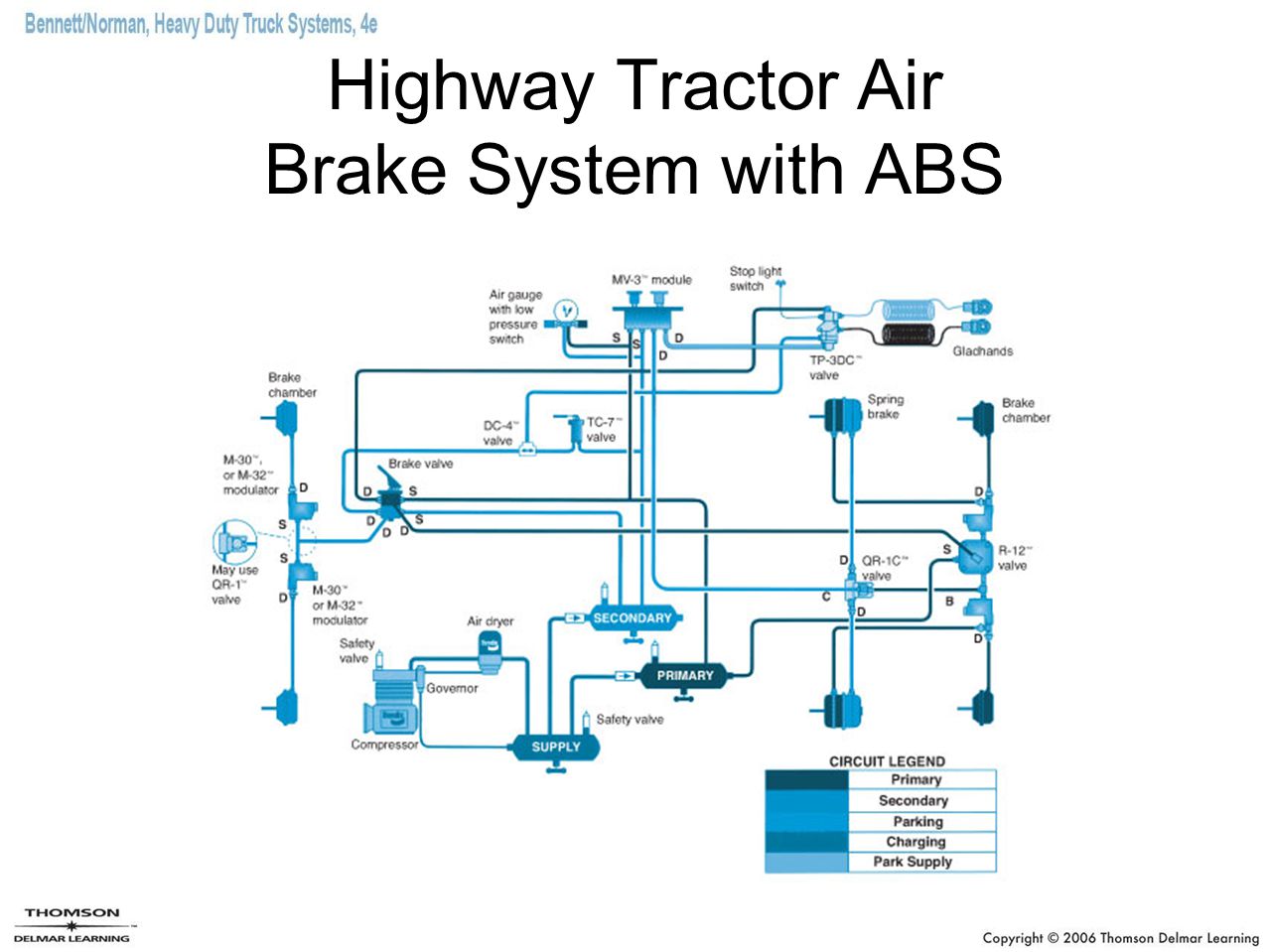You're misinterpreting what Sage is trying to convey.
At 60 mph, you're traveling at 88 feet per second.
At 70 mph, it's 102.67 feet per second.
I quickly found
https://nacto.org/docs/usdg/vehicle_stopping_distance_and_time_upenn.pdf which seems to use 1.5 seconds for reaction time in the table.
Braking Factors uses 2.3 seconds.
Anyhow, if you use 1.5 sec reaction time, at 60 mph, you've traveled 132 feet during that time vs. 154 at the higher speed. For some situations, for a given reaction time, 60 mph might allow for sufficient reaction time while will not.
Also add the greater braking distance...
And, if everyone else around you is traveling at a higher speed due to a higher speed limit, the same issue applies, the cars will have moved a greater distance in a given time vs if they went slower.





